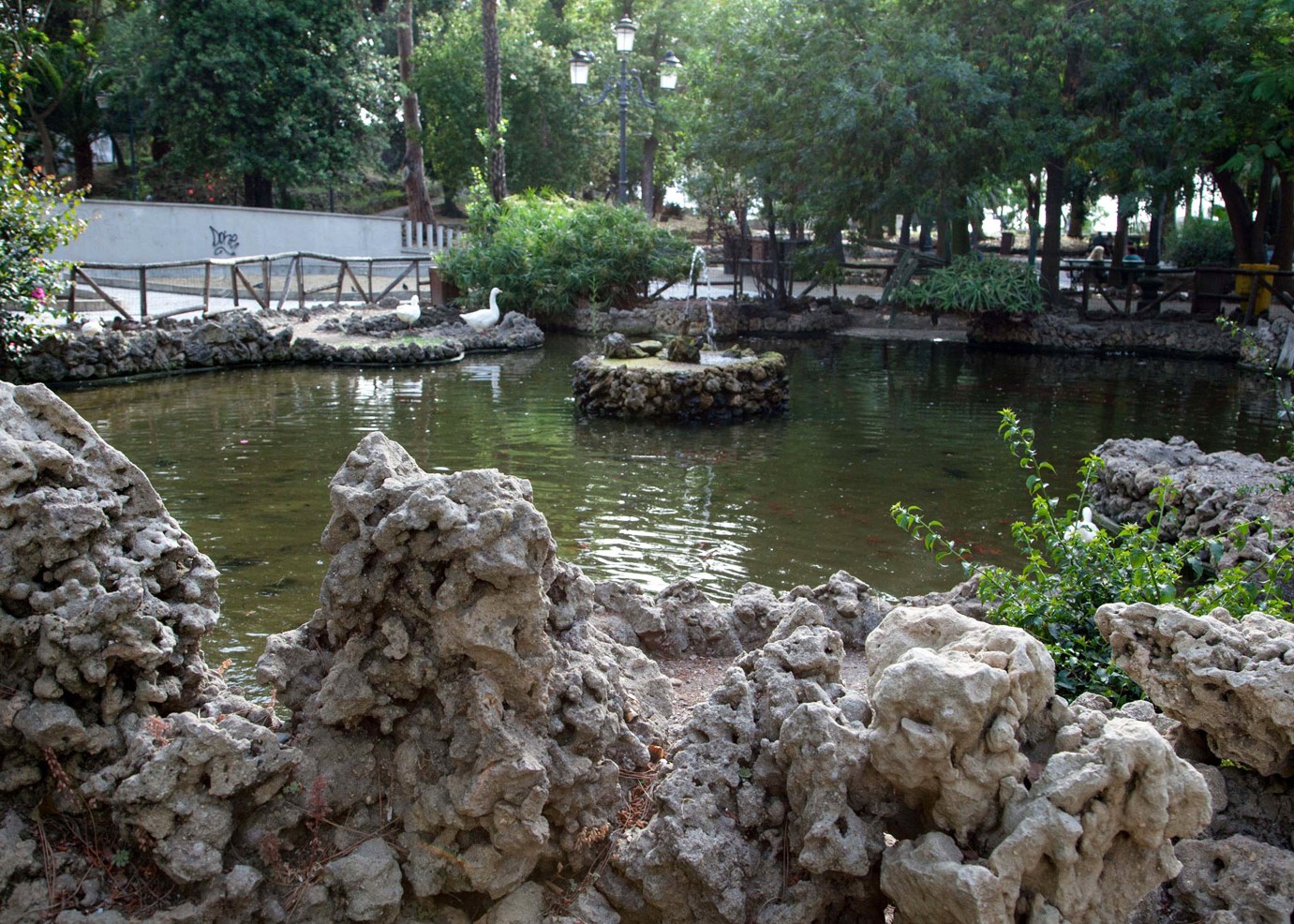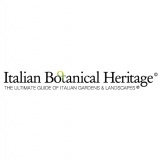
 Italian Botanical Heritage
Italian Botanical Heritage
Italian gardens and parks: Villa Comunale Umberto I° Botanical Park of Reggio Calabria
- WTI Magazine #153 Jul 24, 2022
-

 Italian Botanical Heritage
Italian Botanical Heritage
Established as a Botanical Garden, the Municipal Villa of Reggio Calabria was built by the Società Economica e Comizio Agrario, which had purchased the area in 1850. In 1880 a neoclassical-style building was built inside to house the Metereological and Geodynamic Observatory. At the end of the 19th century the Botanical Garden became state property and was transformed into public gardens.
In 1907, in the presence of King Victor Emmanuel I°, a bronze bust of King Umberto I, made by sculptor Concesso Barca, was unveiled at the entrance to the gardens from the Corso Garibaldi side, and the gardens took the name "Giardini Pubblici Umberto I."
The park today covers the area of about 1 hectare, or 10,000 m2, a short distance from the waterfront. Of its origin, it retains its botanical richness, especially in terms of exotic species, including palms, conifers (Cedrus spp.), pines (Pinus spp.) and araucarias including a 25-meter-high Araucaria excelsa, which survived a bombing raid in 1943, a large 4-meter-high specimen of Dracaena draco, plants ofi Nolina recurvata (sin. Yucca elephantipes), Chorisia insignis or anti-monkey tree because of its trunk covered with large thorns, Cycas revoluta, a 12-meter-tall Howea fosteriana or kenzia, a 5-meter-tall false pepper (Schinus molle), acanthus (Acanthus mollis) and a large camphor tree (Cinnamonum camphora).
Strolling through the gardens, one can admire busts of eminent Regginian personalities, such as the bronze bust of Domenico Tripepi, the bust of patriot Antonio Plutino and the bust of Rocco Zerbi, the Partisan's Stele (1944), the Monument to the Fallen for Institutional Service (1992), numerous Greek columns, Portale di casa Vitrioli, made of Syracuse stone, one of the few structures that survived the 1908 earthquake.
Finally, near the park is the Experimental Station for Citrus Essences and Derivatives Industries.